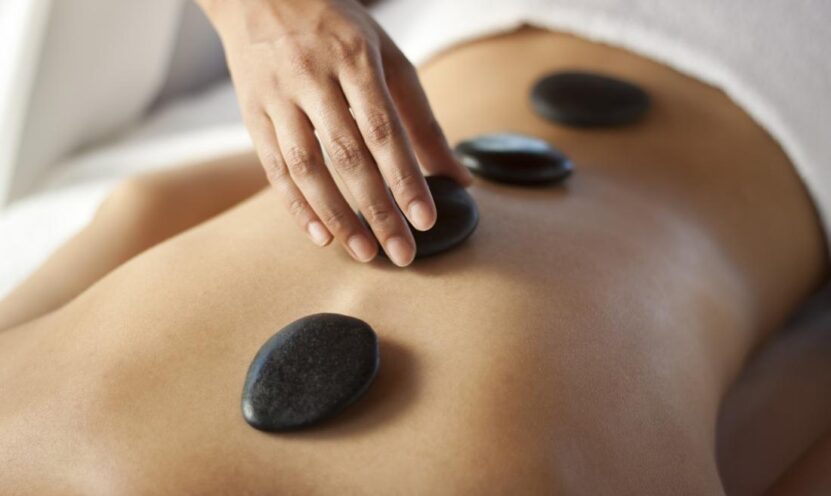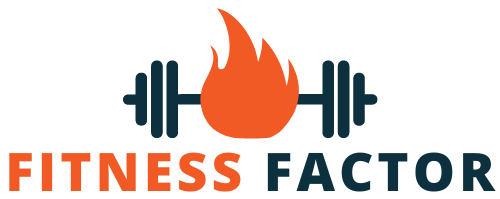Sore muscles are a common issue faced by individuals of all ages and activity levels, whether due to exercise, stress, or prolonged periods of inactivity. Experiencing muscle soreness can be uncomfortable and may limit one’s ability to perform daily activities. While rest and recovery are important, massage therapy offers a proactive approach to alleviating muscle discomfort and promoting healing. By employing specific massage techniques, individuals can effectively target areas of tension, enhance circulation, and expedite the recovery process. Understanding these techniques can empower individuals to take control of their muscular health and experience relief from soreness.
How can deep tissue massage help you?

Deep tissue massage is one of the most effective techniques for addressing muscle soreness and tension. Unlike other forms of massage that focus primarily on relaxation, deep tissue therapy targets the deeper layers of muscles and connective tissues. This technique involves the application of firm pressure and slow strokes to break down adhesions and scar tissue that can contribute to chronic pain and stiffness. By focusing on the underlying muscle structures, deep tissue therapy helps release knots and alleviate tension, leading to improved mobility and flexibility.
During deep tissue therapy, the therapist applies pressure using their fingers, knuckles, elbows, and forearms to penetrate deeply into the muscle fibers. This targeted approach is particularly beneficial for individuals dealing with chronic muscle tension, sports injuries, or repetitive strain. By breaking up adhesions and promoting blood flow to affected areas, deep tissue therapy supports the body’s natural healing processes, reducing inflammation and speeding up recovery. Talk to the experts in Makangs to see how to prepare for the Daegu massage (대구마사지) and how it can help you with your sole muscles.
While some discomfort may be experienced during the session due to the intense pressure, the long-term benefits of reduced pain and increased range of motion make deep tissue therapy an invaluable tool for managing sore muscles.
What are the benefits of the Swedish massage?

Swedish massage is another effective technique for alleviating sore muscles and promoting relaxation. This style is characterized by long, flowing strokes, kneading, and circular movements, which help increase circulation and reduce muscle tension. Swedish therapy is particularly beneficial for individuals experiencing mild to moderate muscle soreness, as it provides gentle relief and encourages the release of endorphins, the body’s natural pain relievers.
The gentle yet effective techniques used in Swedish massage make it ideal for individuals new to massage therapy or those seeking a soothing experience. The increased blood flow to the muscles helps deliver oxygen and nutrients, facilitating recovery and reducing soreness. Additionally, the relaxation induced by Swedish therapy can help lower stress levels and improve overall mood, creating a sense of well-being that extends beyond physical benefits. By incorporating regular Swedish sessions into a wellness routine, individuals can maintain muscle health, prevent tension build-up, and enhance their overall quality of life.
Trigger point therapy can help out a lot
Trigger point therapy is a specialized technique that focuses on relieving pain and tension in specific areas known as trigger points. Trigger points are hyperirritable spots in the muscle tissue that can cause pain and discomfort, often radiating to other parts of the body. These points are commonly caused by overuse, stress, or injury, and can lead to chronic muscle tension if left untreated. Trigger point therapy aims to release these points, alleviating pain and restoring normal muscle function.
During a trigger point therapy session, the therapist applies targeted pressure to the affected areas, using their fingers or elbows to manipulate the muscle tissue. The pressure is sustained until the tension in the trigger point begins to dissipate, allowing the muscle fibers to relax and lengthen. This technique can be particularly beneficial for individuals experiencing muscle knots or referred pain, as it provides direct relief to the affected areas. By releasing trigger points, this therapy not only reduces muscle soreness but also improves flexibility and range of motion, supporting overall musculoskeletal health.
You can explore hot stone massage for better relief

Hot stone therapy is a therapeutic technique that combines traditional massage with the use of heated stones to provide deep relaxation and relief from muscle soreness. The warmth of the stones penetrates the muscles, promoting blood flow and reducing tension. This technique is particularly effective for individuals with tight muscles, as the heat helps to relax the muscle fibers, making it easier for the therapist to apply deeper pressure and alleviate tension.
During a hot stone therapy, the therapist places smooth, heated stones on specific points of the body, allowing the warmth to melt away stress and discomfort. The stones may also be used as tools, gliding over the skin to enhance the therapeutic effects. The combination of heat and massage provides a powerful treatment for sore muscles, promoting relaxation, improving circulation, and reducing inflammation. The soothing nature of hot stone therapy makes it an ideal choice for individuals seeking a calming and restorative experience, providing both physical and mental benefits.
What is the role of self-massage in recovery?
Self-massage techniques can also play a significant role in managing sore muscles and promoting recovery. Utilizing tools such as foam rollers, massage balls, or handheld massagers can help individuals target specific areas of tension and discomfort between professional massage sessions. Self-massage allows individuals to take control of their muscle health, providing relief from everyday aches and pains and preventing the build-up of tension.
Foam rolling, for example, is a popular self-massage technique that involves using a cylindrical foam roller to apply pressure to various muscle groups. This technique helps release muscle knots, improve flexibility, and enhance circulation, making it an effective tool for recovery and maintenance.
Massage therapy offers a wide range of techniques that can effectively alleviate sore muscles and promote recovery. From deep tissue therapy and Swedish sessions to trigger point therapy and hot stone therapy, each technique provides unique benefits that address different aspects of muscle health. By understanding these techniques and incorporating them into a regular wellness routine, individuals can experience relief from muscle soreness, improved flexibility, and enhanced overall well-being.

